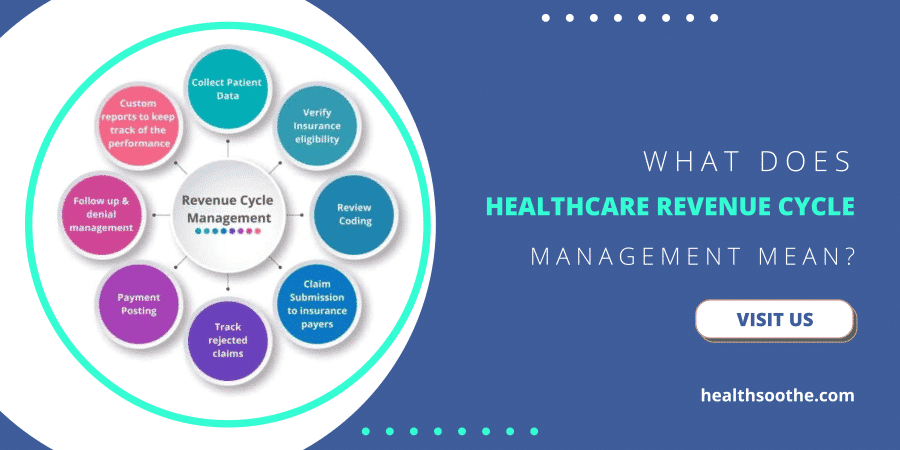With the advent of technology in the healthcare sector, document management has shifted from paper-based systems to digital platforms. This transition has introduced a new set of challenges.
The process is intricate, needing meticulous attention to detail to ensure compliance with laws and regulations, guarantee patient confidentiality, and maintain data security. However, effective strategies can significantly streamline healthcare document management, leading to improved efficiency and patient care.
Online platforms such as foxit.com/word-to-pdf/ offer valuable tools in this transformation, providing an efficient means to convert documents into more secure and easily shareable formats. This is one of the many advancements in technology that’s making document management more straightforward and effective.
So, if you’re seeking to enhance your healthcare document management practices, read on for some useful tips and strategies.
1. Adopt Electronic Health Records
Taking the plunge into digital technology in healthcare starts with Electronic Health Records (EHRs). This technological innovation has revolutionized how healthcare providers store, retrieve, and manage patient data.
Here are the key benefits of adopting EHRs:
- Centralized Data Storage: EHRs consolidate all patient data into a single digital platform. This centralization simplifies record-keeping and ensures that all patient information is easily accessible.
- Streamlined Data Access: With EHRs, you can retrieve patient data at the click of a button. This instant access improves workflow efficiency, saving time in diagnosis and treatment planning.
- Enhanced Data Accuracy: Digital records significantly reduce the likelihood of data entry errors common in manual systems. This feature results in better data quality and reliability.
- Improved Data Sharing: EHRs facilitate seamless data sharing among different healthcare providers. This collaboration leads to more coordinated care and improved patient outcomes.
Adopting EHRs is a pivotal step in streamlining healthcare document management. When harnessed correctly, EHRs can be a game-changer in your journey toward efficient healthcare document management.
2. Streamline Processes Through Automation
In the journey towards efficient healthcare document management, automating workflows becomes a pivotal strategy. It reduces the need for manual tasks, decreasing potential errors and saving significant time.
Below are some compelling reasons to integrate automation:
- Swift Record Management: Automated systems simplify managing and tracking patient records. This accelerates your tasks, fueling productivity.
- Seamless Appointment Scheduling: An automated approach to scheduling patient appointments leads to fewer errors and enhanced patient satisfaction through minimized wait times.
- Timely Reminders: Alerts for vital dates or milestones generated by automated systems ensure you’re always on top of your schedule.
Integrating automation into your workflows contributes significantly to a modern healthcare document management system. This approach fosters efficient processes, freeing up resources for the core objective—delivering high-quality patient care. With the right digital tools, automation becomes a key ally in streamlining healthcare document management.
3. Ensure Data Backup And Security
One crucial aspect of healthcare document management is the assurance of data backup and security. The sensitive nature of healthcare data makes it a prime target for cyber threats, emphasizing the need for robust security measures.
Here are some key reasons why you should prioritize data backup and security:
- Preventing Data Loss: Having secure and reliable data backup strategies in place can protect against data loss during system failures, ensuring the continuity of your healthcare services.
- Securing Patient Data: Safeguarding patient data from potential cyber threats is critical in maintaining trust and compliance in your healthcare institution.
- HIPAA Compliance: Compliance with Health Insurance Portability and Accountability Act (HIPAA) regulations is a must for any healthcare facility. A secure data backup strategy helps meet these stringent requirements.
Prioritizing data backup and security in healthcare is essential to protect your institution from potential cyber threats, ensuring you can deliver continuous and trustworthy healthcare services. Adopting strong security measures contributes significantly to streamlining healthcare document management.
4. Implement Role-Based Access Control
Further strengthening the security of healthcare document management is the implementation of Role-Based Access Control (RBAC). RBAC ensures that only authorized personnel have access to specific patient data.
Here are essential points that highlight the importance of RBAC:
- Authorized Access: RBAC restricts access to sensitive patient data to the right personnel. It ensures that workers only access information necessary for their roles, limiting potential security breaches.
- Reduced Data Breach Risk: By limiting access, RBAC significantly decreases the risk of internal data breaches. It provides an additional layer of data security within your organization.
- Regulation Compliance: Implementing RBAC helps comply with data privacy regulations, a requirement in healthcare.
Role-based access control plays an integral role in securing healthcare document management systems. It provides robust security, which is paramount in managing sensitive patient data. Implementing RBAC can greatly contribute to the efficiency and security of your healthcare document management.
Conclusion
Revamping your healthcare document management system may seem challenging, but with strategic steps, you can transform the process. Begin with EHRs, then automate workflows, assure data backup, and employ RBAC. Strive not only for better organization but also for improved care quality. Start your digital transformation today and lead your healthcare organization to a future of enhanced efficiency and security.

